Let's admire the woodpeckers!

🦉 The white-backed woodpecker (Dendrocopos leucotos)
📚 Dendrocopos (Greek): dendron - tree, coptō - to hit, beat
📚 leucotos (Greek): leukos - white, nōton - back
This species of woodpecker is very fond of dense and impenetrable forest, in which there are many rotten and broken trees. He is not very afraid of people, and this is especially noticeable in the autumn, when they chop in fallen trees. This friend saw me, but did not pay attention, was busy with his business.
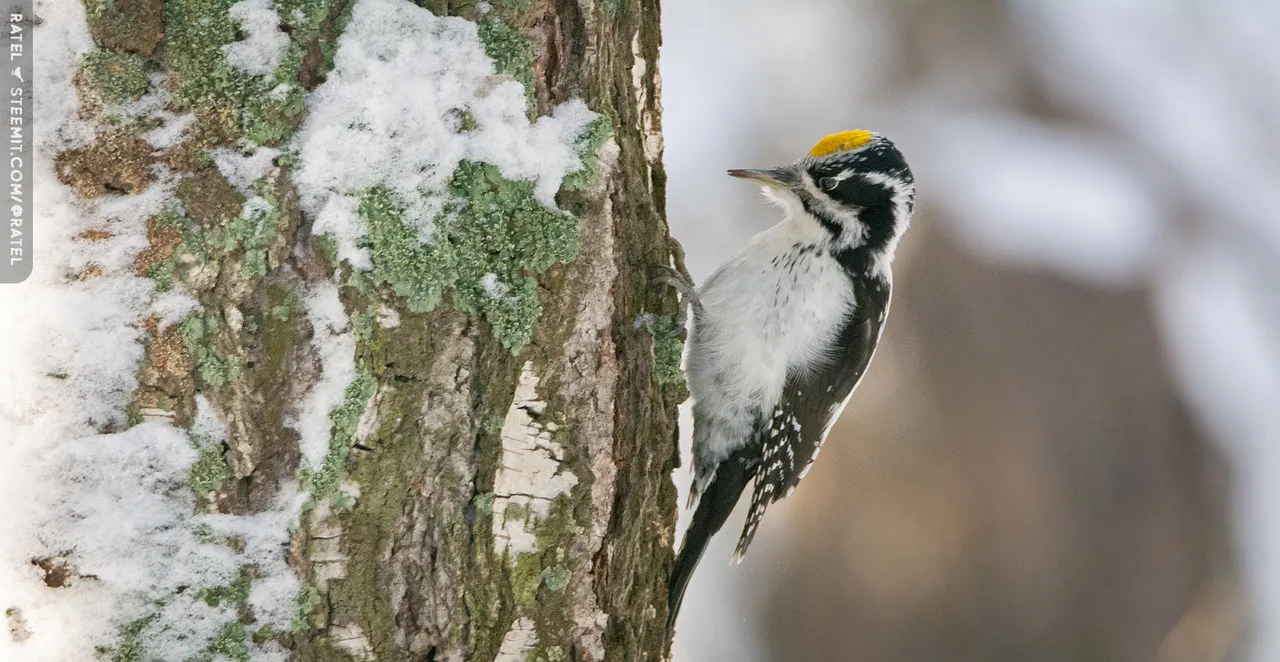
🦉 The Eurasian three-toed woodpecker (Picoides tridactylus)
📚 Picoides picus (lat.) woodpecker, -oides similar
📚 tridactylus tridaktylos (Greek) three-toed
I meet this species of woodpeckers only in autumn, when the leaves have already turned yellow. As the name suggests, he has only three toes. We also call him - yellow-headed. This small woodpecker is also not afraid of people, he can even be photographed at short focal lengths.
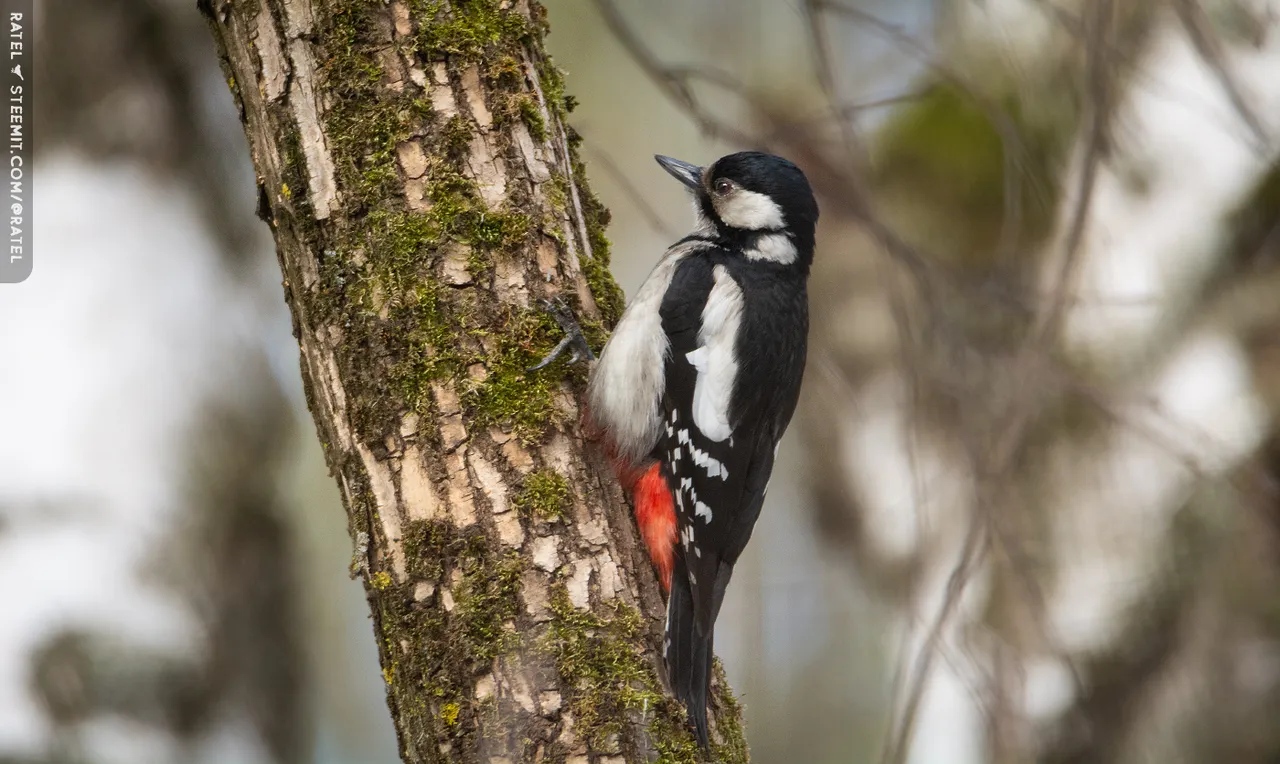
🦉 The great spotted woodpecker (Dendrocopos major)
📚 Dendrocopos Greek: dendron tree, coptō to hit, beat
📚 major (lat.) big
And this is the most numerous and familiar of the species of woodpeckers. You can meet them anytime, anywhere.
However, I noticed an oddity in their behavior. Since about summer, they prefer to look for food in the upper tiers of trees. And only with the arrival of spring, they descend below, and you can even see them on the ground.
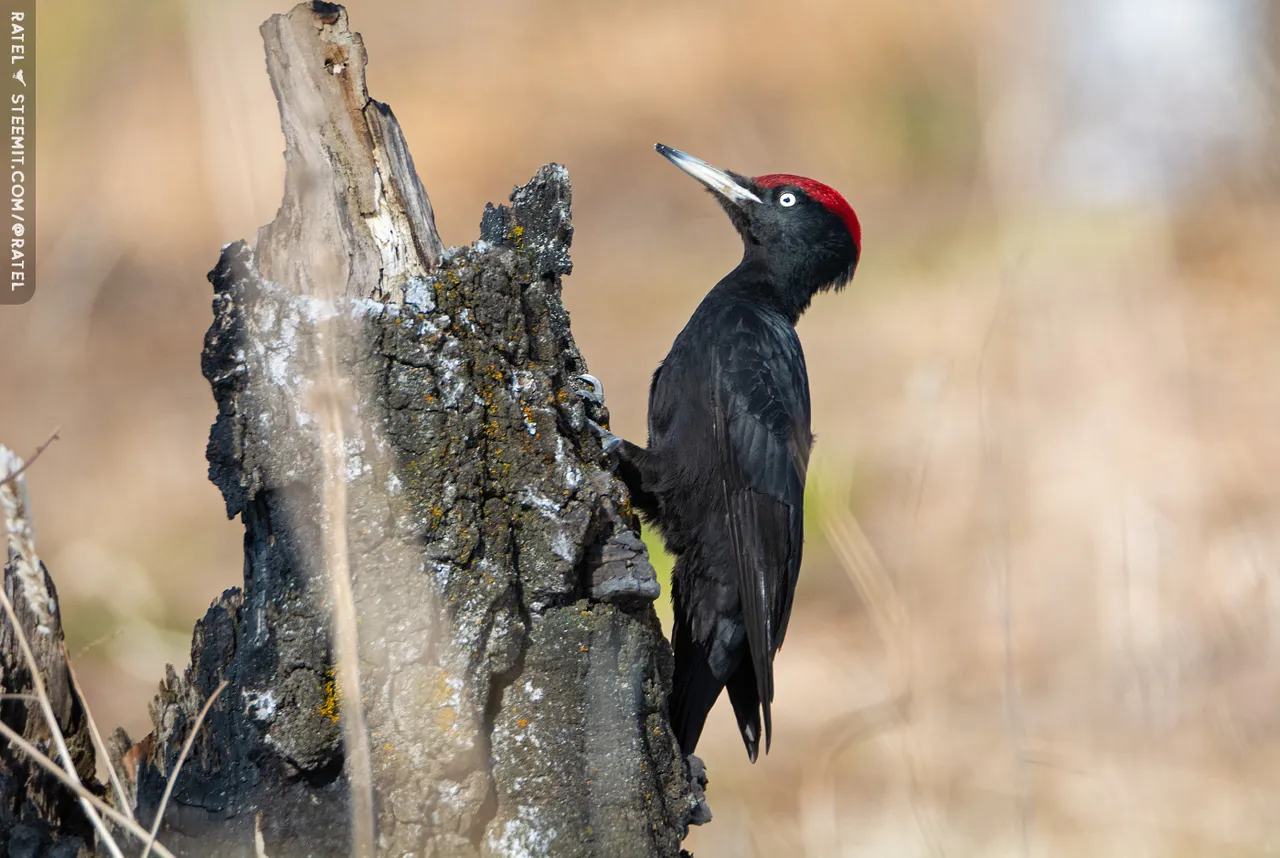
🦉 The black woodpecker (Dryocopus martius)
📚 Dryocopus (Greek): drys, dendron - tree; kopos, koptō - hit
📚 martius (lat.) : warlike, fighting; March
The largest woodpecker, with a long neck. He differs from his fellows in great diligence. He can peck a tree for a long time in search of food. Although no, do not peck, because they literally rip off the bark from the trees, for which I call them "forest rippers".
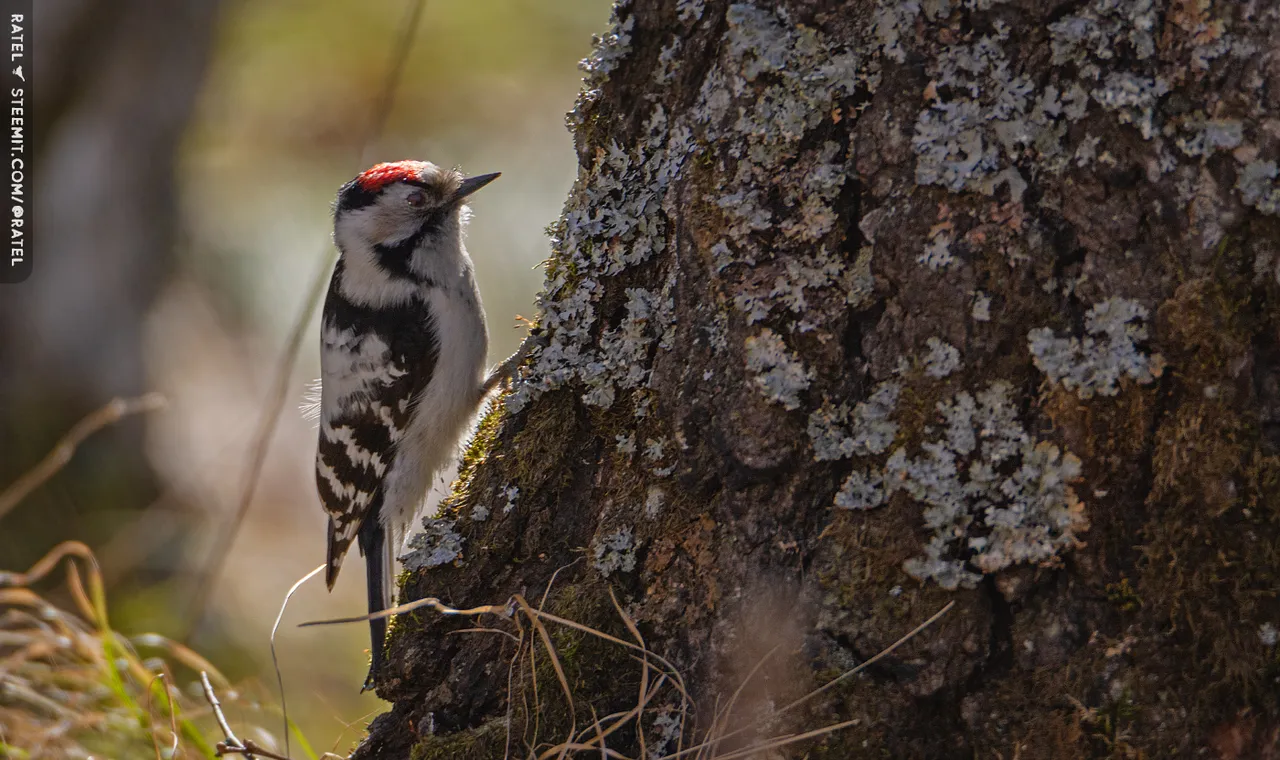
🦉 The lesser spotted woodpecker (Picoides minor , synonym of Dryobates minor)
📚 Dryobates (Greek) : druos - forest, woodland, batēs - walker, stroller
📚 minor (Latin) - smaller
And this is the opposite, small woodpeckers, the size of a sparrow. Not common. But it is easiest to see them in the fall as part of a mixed flock of birds.
They almost never peck tree trunks, but examine branches. However, if the tree is loose and rotten, and the bark is thin, then they can peck at it.
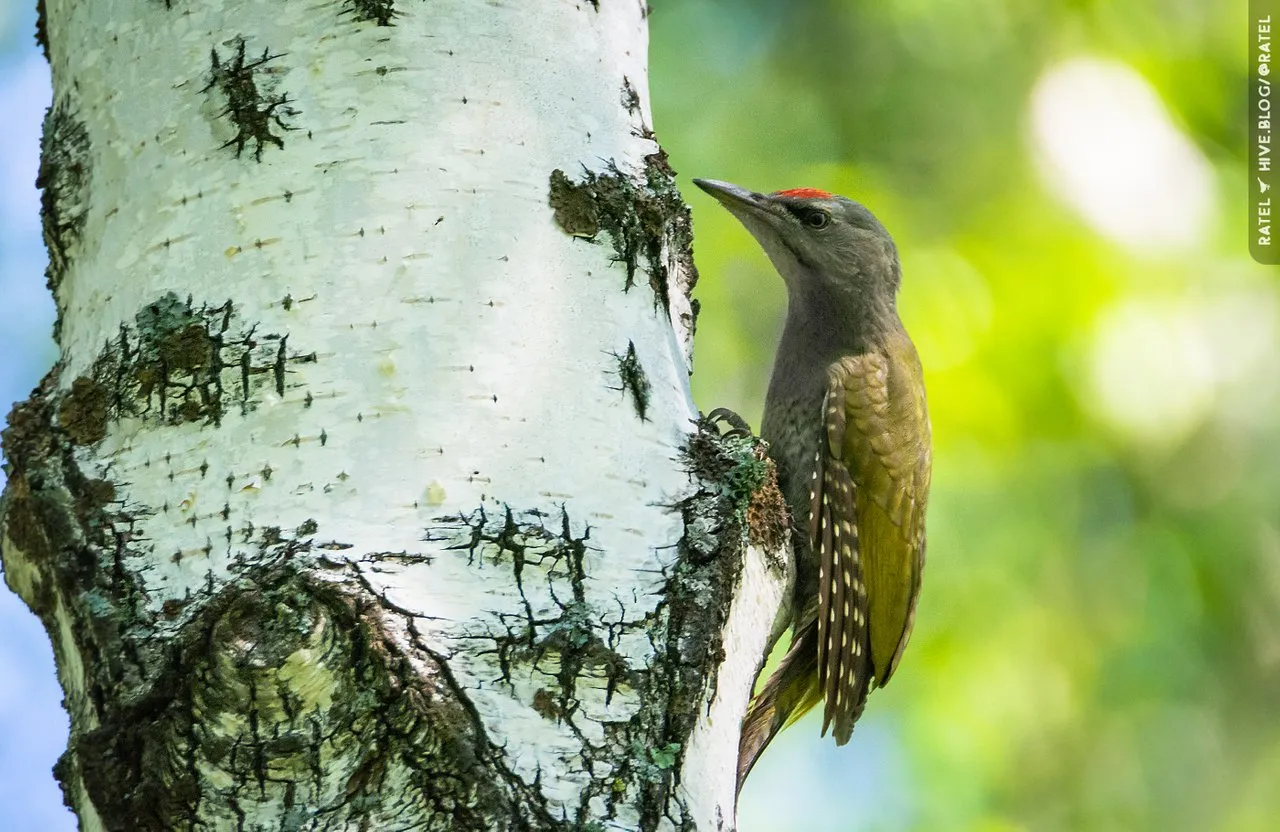
🦉 The grey-headed woodpecker (Picus canus), also known as the grey-faced woodpecker
📚 Picus (lat.) woodpecker; in Romanesque mythology, Peak, or Picus, the Roman god of forests and the king of Latium, distinguished by male beauty, rejected the love claims of the sorceress Circe (Kirka), after which the offended Kirka turned him into a woodpecker
📚 canus (lat.) gray
And this woodpecker is quite rare. When and where to see him is unknown. He has a special voice that is similar to the voices of hawk birds of prey. And also a melancholic song in his repertoire.

